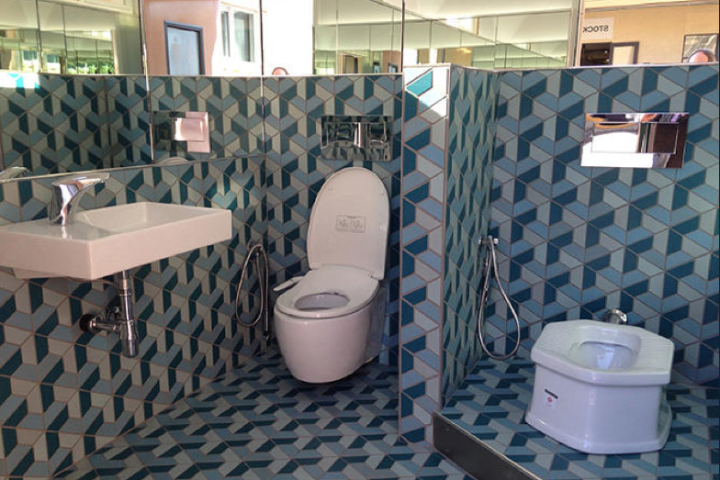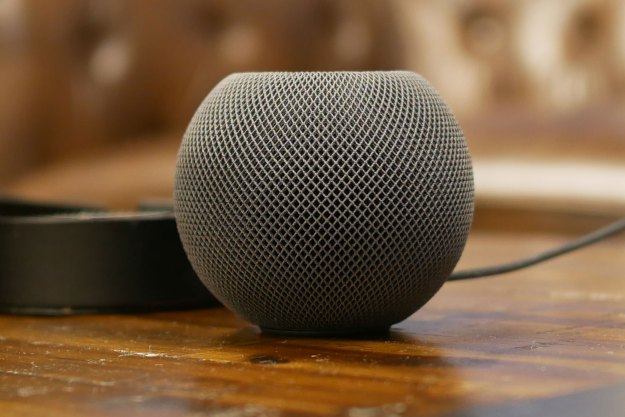
About 2.5 billion people in the world live without basic sanitation, including toilets, resulting in a child dying about every 20 seconds, according to the U.N. World Water Development Report.
Clearly more toilets are needed. Here’s how researchers at the California Institute of Technology have been going about it, in seven high-tech steps.
1. Patent a design for “multilayered nanostructures doing electrochemical degradation,” which is exactly what Caltech environmental professor Michael Hoffmann did 20 years ago.
2. Employ the patent to design a system using a solar panel and battery to power an electrochemical reaction (sort an anaerobic digester) that breaks down solids into fertilizer and sanitizes the water to be reused for flushing or irrigation. Caltech says hydrogen for fuel pumps can also be produced.
3. Win the Bill and Melinda Gates Foundation’s Reinvent the Toilet Challenge in 2012 with the high-tech toilet design and receive a $400,000 grant.
4. Add sensors to monitor leaks, water clarity, particulates in the water, pressure, and voltage. This makes repair easy, because let’s face it: Poop happens and stuff happens where poop happens. Alerts are sent to an operator who gets a picture of exactly where the problem is, and what needs to be done. In a Fast Company article, Caltech engineers say this will reduce operating costs.
5. Sign on toilet innovator Kohler to provide plumbing parts and expertise.

6. Have trials of the toilets in a full bathroom treatment at Mahatma Gandhi University in India, pair it with Eram Scientific‘s self-cleaning “eToilet” in Northern India, and work with Chinese government on developing a toilet houses in shipping container to send to schools in South Africa.
7. Have as many people as possible use the toilets. Although the Chinese design may cost $15,000, a Caltech researcher says this meets the Gates Foundation’s original target of sanitation for five cents per person per day.
Happy flushing!
Editors' Recommendations
- The 5 best solar power stations in 2024, chosen by experts
- The 5 weirdest smart home gadgets of 2023
- Philips Hue adds support for cameras and sensors
- Dyson is gearing up to launch the most powerful robot vacuum in the world
- The future of Matter in 2023


